7 offbeat, modern supercars for sale in Amelia Island 2023
Want a better understanding of what’s driving collector-car values? Sign up for the Hagerty Insider newsletter.
We’ve been tracking the modern supercar’s ascendancy at auctions in recent years. You know the ones: most of them are shaped like a wedge, feature a mid-mounted engine, and fortunately, are frequently if not always found with a manual transmission.
Along with Porsche’s Carrera GT, Ferrari and its halo list—the 288 GTO, F40, F50, and Enzo—are frequently the belles of the supercar ball at auctions. Toss in the occasional McLaren F1 or rare Lamborghini into the mix and you begin to get the picture. This year at Amelia, though, a number of far less common though no less interesting supercars caught our eyes. Aside from the Zonda, these might not fetch the seven figures that other cars in this segment are increasingly going for, but they do offer compelling alternatives for someone who’d like to display their capacity for speed a little bit differently than the rest.
1980 BMW M1

RM Sotheby’s, Lot 176
Estimate: $550,000 – $750,000
Hagerty #2 (Excellent) Value: $555,000
Although BMW has an incredible reputation for performance, the Bavarian automaker has little history in the supercar field aside from the BMW V-12 powering the mighty McLaren F1. The M1 was the first car developed by the M Division and BMW’s first and only supercar.
The head of BMW Motorsport, Jochen Neerpasch, pushed for the M1 project to create a car that could challenge the dominant Porsche 911 in competition. BMW initially reached out to the mid-engined experts at Lamborghini to design the space-frame chassis, but economic concerns forced the M1 project to be completed in-house. The M1 retained a lot of Italian influence, however. The Giugiaro-designed fiberglass body was built in Modena by Trasformazioni Italiana Resine, while the chassis was built down the road by Machesi. They were joined together by Ital Engineering and then sent to Germany, where the engine and remaining components were installed. The hand-built M88/1 3.5-liter twin-cam straight-six has six separate throttle bodies and an output of 273 horsepower—good for a 165 mph top speed.
56 M1s went on to compete in a variety of motorsports while 399 were built in road-going trim for homologation. Very few were imported into the US when new and they remain very rare in North America. This M1 offered at RM was delivered new to the Bay Area, where it was retained under single-family ownership until 2019.
2006 Ford GTX1
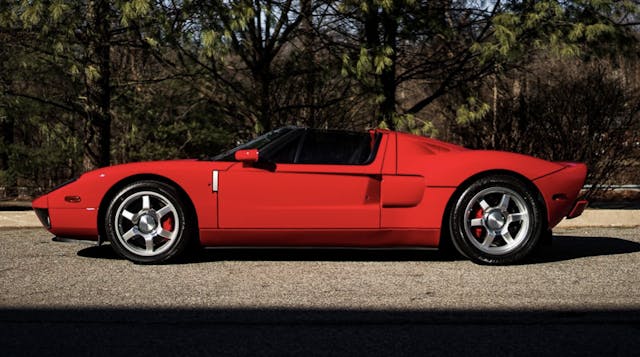
Broad Arrow, Lot 142
Estimate: $500,000 – $600,000
Hagerty #2 (Excellent) Value: $422,000 (base Ford GT)
If you consider the Ford GT too ordinary, the GTX1 is what you’ve been looking for. The GTX1 is an open-top roadster version of the Ford GT, but this isn’t merely a custom build. The GTX1 was commissioned by Ford as part of a planned second phase of the GT that would offer a roadster version. For the prototype, Ford hired coachbuilder Mark Gerisch of Genaddi Design Group. The prototype was built to such a remarkable level of quality that even though Ford cancelled the project, they gave Genaddi blessing to convert standard GTs into GTX1 roadsters. The car could be configured in three different ways: an enclosed coupe, a T-Top, or a full-on targa.
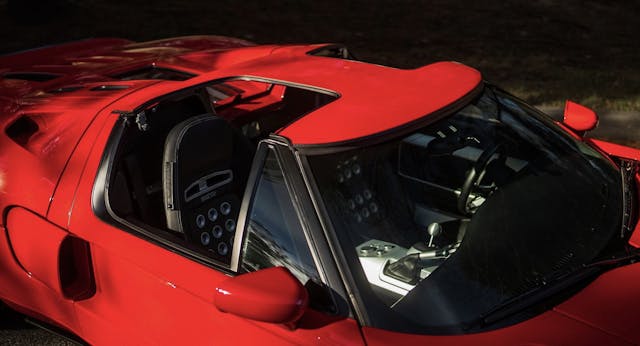
The GTX1 name honors chassis GT110, an open-top variant of the original GT40 racecar (later named the GT40 X-1), that went on to win the 1966 12 Hours of Sebring piloted by Ken Miles and Lloyd Ruby. The GTX1 has all the standard GT performance parts, but the supercharged 5.4-liter V8 received “Ford GTX1” stamped valve covers as well as the Ford Performance Upgrade, which increased output to 700 horsepower.
This GTX1 is number 33 of fewer than 40 examples converted from standard Ford GTs. However, this example is even more unique given its stripe delete option. Upgraded interior finishes with custom GTX1 branding reminds the driver they are in something special—assuming they forgot this car should have a roof.
2002 Lotus Esprit V8 25th Anniversary Edition
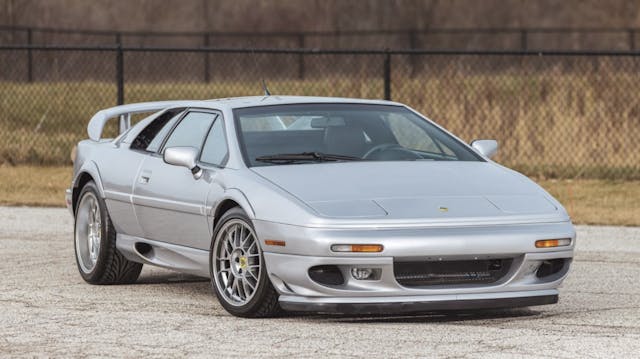
Broad Arrow, Lot 181
Estimate: $125,000 – $150,000
Hagerty #2 (Excellent) Value: $77,300 (base Lotus Esprit V8)
In 1970, a year after noted engineer Tony Rudd arrived at Lotus, he proposed two new projects. The first ultimately became the oddball ultra-wedge shooting brake 1974 Elite, while the other was developed as a successor for the Europa. This all-new car, the Series 1 Esprit, would be mid-engined and take the form of a Giugiaro-designed wedge. Weighing in at less than 2000 pounds, the S1 Esprit held true to Lotus’ “simplify, and add lightness” motto. The 160-hp four-cylinder engine was enough to propel the S1 Esprit to 60mph in 8 seconds and go on to a top speed of 133hp. The futuristic Series 1 was such a hit, it was used as a Bond car/submarine in the 1977 film The Spy Who Loved Me.
Over the next couple decades, the Esprit went through a few redesigns until the final Series 4 was released in 1994. Though the S4 modernized the Esprit by introducing power steering and other creature comforts, the biggest change came in the engine bay a couple years later. Initially, the S4 Esprit was only powered by a turbocharged four-cylinder, but in 1996 a Lotus-designed twin-turbocharged flat-plane crank V-8 was added to the mix. Even with the larger engine, the Esprit still weighed under 3000 pounds. Mid-mounted, small displacement twin-turbocharged V8s are a pretty common supercar drivetrain these days, but Lotus hit upon the theme before it was cool.

The Esprit V8’s final output of 350 horsepower was detuned from a potential 500 to prevent transmission damage. It was still blisteringly fast for the time, achieving a 4.4 second 0-60 time and a top speed of 175 mph.
Production ended in 2004 after 28 years, making the Esprit one of the last cars produced with pop-up headlights, alongside the C5 Corvette. However, before they were finished, Lotus built 100 special Anniversary Editions in 2002 to celebrate 25 years of Esprit production, like this 1700-mile Arctic Silver Metallic example offered at Broad Arrow.
1991 January XJR-15
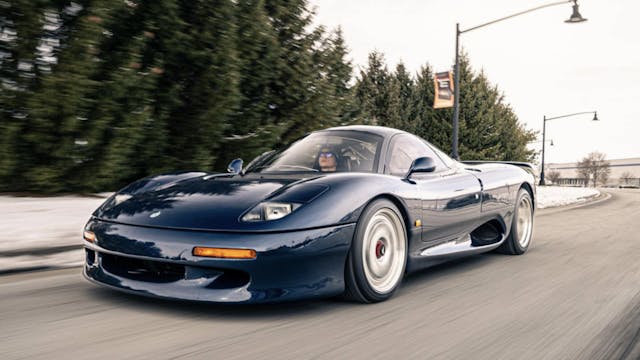
Broad Arrow, Lot 178
Estimate: $1,250,000 – $1,450,000
Hagerty #2 (Excellent) Value: $1,700,000
While Jaguar’s most prominent supercar of the 90s, the XJ220, may have been a disappointment to enthusiasts who were expecting a more hardcore performance car (and a V-12), the XJR-15 makes up for all their desires and then some.
The road-going XJR-15 started with an incredible foundation, adopting many elements from Jaguar’s legendary 1988 24 Hours of Le Mans-winning XJR-9 race car. Jaguar hired Peter Stevens, who famously designed the McLaren F1’s body, to shape the XJR-15. Sharing the same carbon-fiber tub and suspension design with the XJR-9 racecar, the XJR-15 is powered by a 450-horsepower 6.0-liter Jaguar V-12 that also acts as a stressed member of the rear frame. Despite the large engine, the XJR-15 weighs just over 2300 pounds thanks to extensive use of carbon-kevlar composites. A sprint to 60 takes only 3.2 seconds and if you kept your foot planted, it would eventually top out at 191 mph.
“Race car for the street” is perhaps thrown about a bit too often, but it applies in the case of the XJR-15. Because of the raucous engine and lack of sound dampening, Jaguar included two radio headsets so driver and passenger could communicate. This might help explain why so few of them have been driven in the last 30 years. Two XJR-15s are up at Amelia this year: this Broad Arrow offering with only 722 miles, and another one at RM Sotheby’s that has even fewer but needs mechanical reconditioning. The current owner of the Broad Arrow XJR-15 offering sent the vehicle to Don Law Racing for a six-year-long development program that reconditioned and improved the XJR-15—including a restoration of the air-conditioning system.
1985 Ford RS 200 Evo
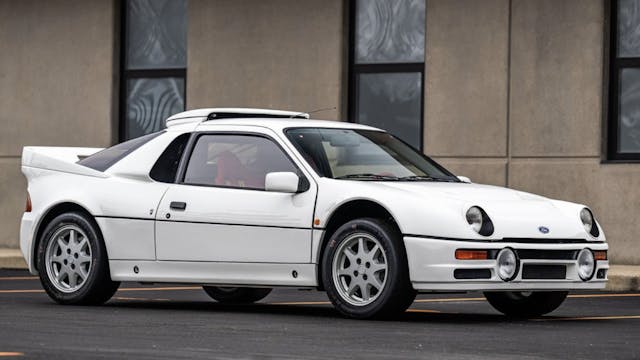
Broad Arrow, Lot 188
Estimate: $1,250,000 – $1,450,000
A 2.1-liter 4-cylinder might not seem like the right formula for a supercar, but this RS 200 Evo is one of the quickest cars on this list. Only 200 were offered to the public to meet Group B’s homologation requirements, but only 24 of those were in “Evolution” spec like this example offered at Broad Arrow. The Cosworth turbocharged inline-four produced a mind-melting 600 horsepower—a dramatic increase over the 250-horsepower found in the standard form. Remember, this was the mid-eighties—the Ferrari 288 GTO didn’t even crack 400 horses. The RS 200 Evolution also received an improved suspension and brakes to handle the extra power.

Formula One designer Tony Southgate engineered the custom tubular space frame, and that along with the Ghia-designed fiberglass body kept the weight to 2600 pounds. The engine was mounted behind the driver, but the 5-speed manual transmission was moved to the front of the car, providing fantastic balance for high-speed rally work. This example also has the rare power steering option.
Despite past ownership by Steve Rimmer of DirtFish rally school and former Lotus and BRM Formula One driver Innes Ireland, it has never been raced. In fact, with just over 500 kilometers on the odometer, this RS 200 Evo is practically new.
1987 Mercedes-Benz AMG ‘Hammer’Sedan
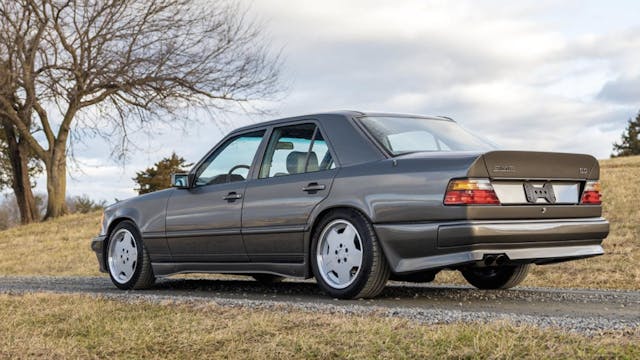
Broad Arrow, Lot 150
Estimate: $575,000 – $625,000
Hagerty #2 (Excellent) Value: $290,000
It might seem strange to include a Mercedes sedan on this list, but the Hammer’s 181 mph top speed is higher than the contemporary Ferrari Testarossa.
In the 1980s, when AMG was just a Mercedes-Benz tuner and yet to be absorbed by the larger company, it was free to create anything the customer could dream of. In this case, according to the build sheet, the customer ordered a “6.0L 32V engine, 2.47:1 gearbox; differential, sport exhaust – high performance, sport suspension, 17” chrome plated – painted wheels, interior wood kit, wood shift knob, Hammer aero body package, the large battery in the trunk, and AMG floor mats and car cover.” Or, in AMG-speak, “build it into a Hammer.” The conversion tacked on an additional $98k over the original $39,500 sticker price.
This monster started life as a standard 1987 W124 300 E and was immediately sent to AMG North America for “Hammer” conversion. All work was done by hand, including the installation of the M117 6.0-liter V-8 with AMG-designed four-valve-per-cylinder heads. The M117 produced nearly 400 horsepower in AMG tune.

This Hammer comes with incredible documentation including factory correspondence, original build sheet, and time sheets from mechanics including Hartmut Feyhl, who started RENNtech and later owned this car. RENNtech even completed $79,000 worth of restorative work and transmission upgrades a few months ago.
As one of only thirteen built in North America and less than 30 worldwide, it’s no surprise that the auction house estimates that the sale of this sinister sedan will cross the $500,000 threshold.
2010 Pagani Zonda R ‘Revolución Specification’
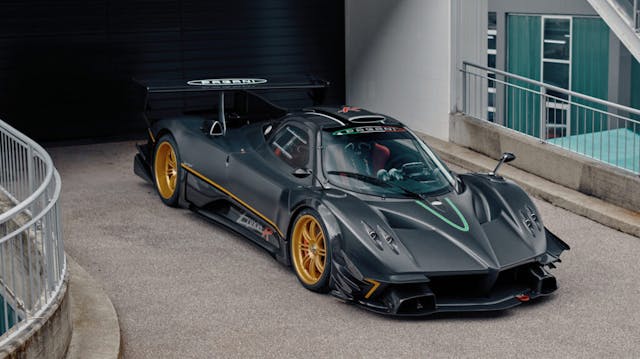
RM Sotheby’s, Lot 171
Estimate: $4,800,000 – $6,800,000
While it likely pushes the definition of a “supercar” into new territory, the Pagani Zonda needs to be included on this list, as they rarely come to auction.
Pagani originally started in 1992 when ex-Lamborghini Chief of Composites Horacio Pagani set out to build “a car with a soul.” The result after seven years of painstaking development was the Zonda C12, which debuted at the 1999 Geneva Motor Show. Incredible build quality, bold but timeless design and one of the best engine soundtracks of all time made the Zonda an instant classic. Despite a 20-year production run, they rarely sell publicly—fewer than 150 were produced. An even more uncommon sale is a Zonda R like this one, of which Pagani only built 10 between 2009 and 2011.
The Zonda R was launched in 2007 as the company’s first track-only model. Free from racing and governmental regulations, Pagani was free to design his version the ultimate driving experience.
The Zonda R isn’t simply a road car modified for the track, nor does it share much with a standard Zonda. The suspension geometry, powertrain, and bodywork were specially developed for the model. The monocoque chassis was a modified version of the one from the Zonda F, and it was constructed using carbon-titanium, a proprietary material developed by Pagani. This helped lower the Zonda R’s curb weight to only 2,359 pounds—about the weight of a first-generation Mazda Miata. To show off the extensive use of carbon composites, this Zonda R Revolución is finished in exposed carbon fiber with “tricolore” accents.
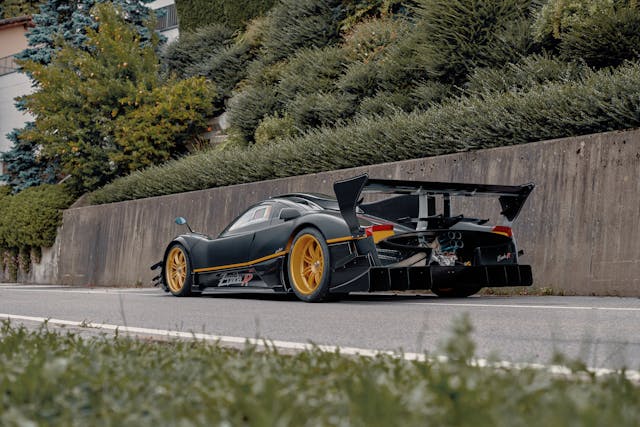
Powered by the same naturally-aspirated 6.0-liter V-12 and six-speed sequential manual transmission derived from the contemporary CLK GTR, the powertrain in the Zonda R is enhanced with a multi-disc racing clutch and lightweight magnesium casing. Exhaust is fed through ceramic-coated Inconel 625 (a nickel-based superalloy) headers—a fun bragging point for any material nerds.
This example, offered by RM Sotheby’s, stands out even among the nine other Zonda Rs. In December 2014, it was sent back to the Pagani factory to receive modifications for “Revolución Specification” including engine tuning that bumped output to 791 horsepower. Adding to the racecar intensity, a new set of Öhlins dampers were swapped in, lightweight magnesium alloy wheels lowered unsprung weight, and a secondary rear wing underneath the enormous standard airfoil further increased downforce.
The result is a 2.7 second 0-60 time and a reported top speed over 230 mph. It’s so fast even that the Zonda R still holds the non-series, production-based, gasoline-powered lap record at the Nürburgring Nordschleife 13 years after setting it in 2010 with a lap time of 6:47. Despite all the qualifiers, that’s some serious pace.
In case the the next owner of this Zonda R has ambitions to utilize their ride to the fullest, they will be invited to participate in Pagani’s 2023 Arte in Pista program. This is a series of five separate two-day track driving experiences held in Europe and the United States where Zonda R and Huayra R owners meet with Pagani technicians and driving coaches to learn how to unleash the full potential of their Paganis.
***
Check out the Hagerty Media homepage so you don’t miss a single story, or better yet, bookmark it. To get our best stories delivered right to your inbox, subscribe to our newsletters.
Via Hagerty Insider

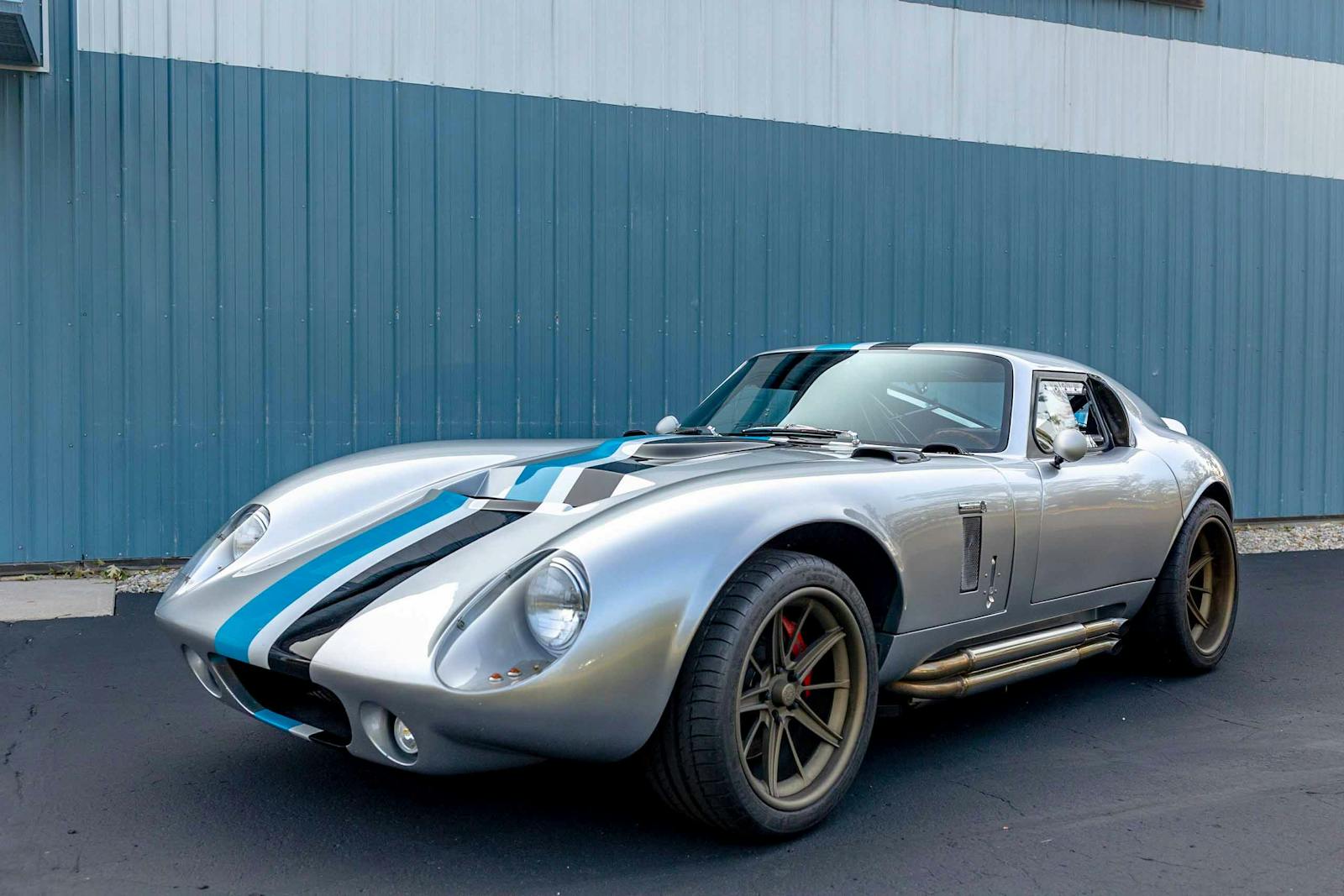
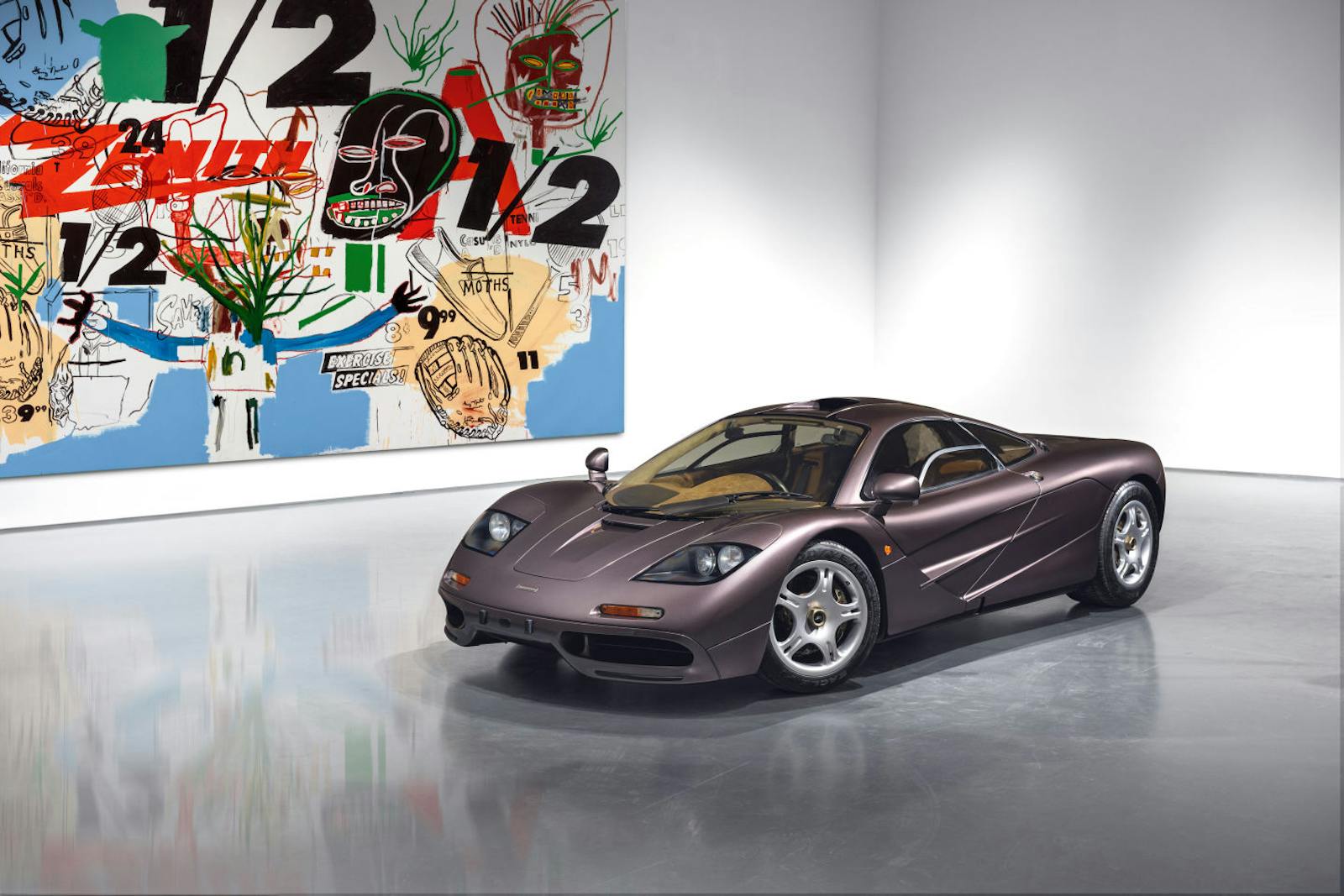
Can’t say much here, gotta go scrounge through the couch cushions to see if I can come up with Zonda R type scratch…